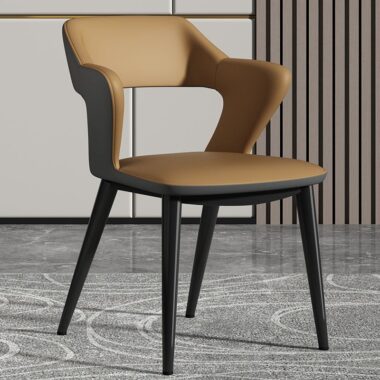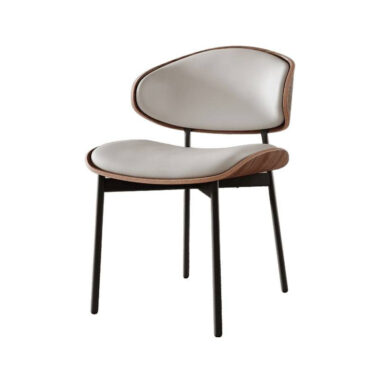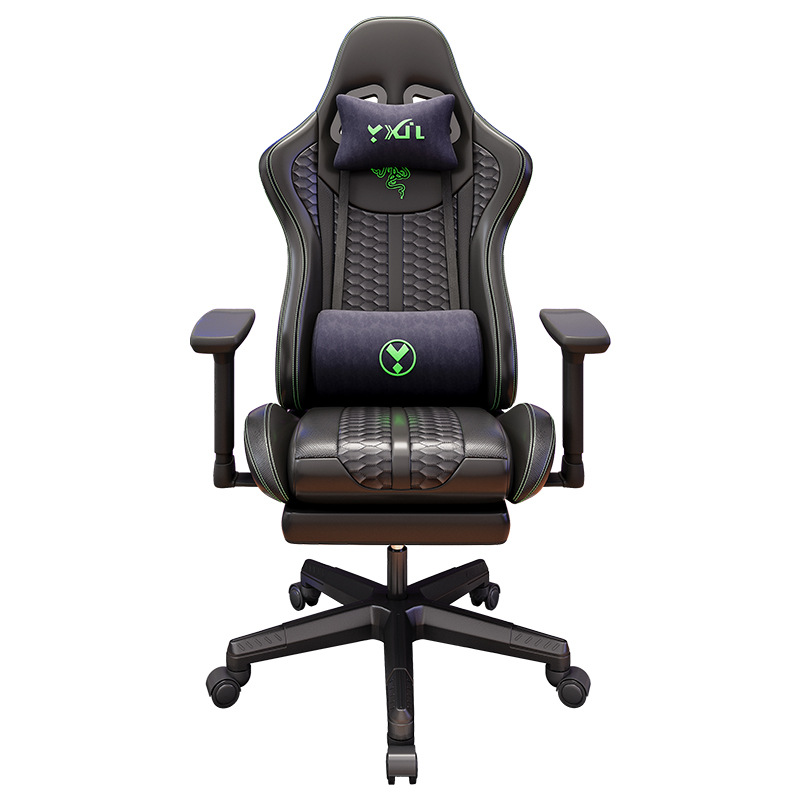Certainly! Here’s a complete SEO-optimized blog post draft titled “The History and Evolution of Chairs: From Classic to Contemporary”:
The History and Evolution of Chairs: From Classic to Contemporary
Chairs are something we use every day, yet their history is as rich and fascinating as any piece of human innovation. From symbols of power in ancient civilizations to ergonomic marvels in modern workspaces, chairs have evolved dramatically over time. Let’s explore the journey of the chair—from its earliest forms to the stylish and supportive designs of today.
1. The Birth of the Chair: Ancient Civilizations
Chairs first appeared in ancient Egypt around 2600 BC, used exclusively by pharaohs and high-ranking officials. These early chairs were often made from wood, adorned with ivory or gold, and featured straight backs and carved legs.
In ancient Greece and Rome, chairs symbolized status. The Roman curule chair, used by magistrates, was collapsible and luxurious—an early precursor to today’s folding chairs.
2. Medieval Simplicity and Gothic Grandeur
During the Middle Ages, chairs were rare and mostly reserved for nobility or clergy. Commoners typically sat on stools or benches. The “throne chair” emerged during this period, often elevated and heavily ornamented, symbolizing authority and divine right.
3. The Renaissance to Rococo: Chairs Become Art
As craftsmanship flourished during the Renaissance, chairs began to reflect artistic trends. Intricate carvings, curved legs, and luxurious upholstery became common.
In the 18th century, the French Rococo style introduced elegance and comfort with lighter frames, decorative motifs, and plush cushions—making chairs both functional and fashionable.
4. The Industrial Revolution and Mass Production
The 19th century brought dramatic change. With industrialization came mass production, making chairs affordable and accessible to the general public. Michael Thonet’s bentwood chair (No. 14), invented in 1859, was one of the first pieces of furniture to be factory-produced and remains iconic today.
5. Modernism and Functionality: 20th Century Innovation
The 20th century saw a shift toward minimalist design and functionalism. Designers like Charles and Ray Eames, Marcel Breuer, and Le Corbusier redefined furniture using steel, molded plastic, and plywood.
The mid-century modern movement emphasized clean lines, comfort, and practicality—values that continue to shape contemporary furniture today.
6. The Rise of Ergonomics and Technology
In recent decades, the rise of office culture and remote work has led to a boom in ergonomic chair design. Companies like Herman Miller and Steelcase introduced task chairs with lumbar support, adjustable features, and breathable materials—all designed to support long hours of sitting.
Smart chairs with posture-tracking sensors and app connectivity are the latest in this evolution, blending health-conscious features with modern tech.
7. Contemporary Chairs: Design Meets Sustainability
Today’s chair designs balance form, function, and sustainability. Many contemporary chairs use recycled materials, eco-friendly fabrics, and minimalist aesthetics while incorporating advanced ergonomic support.
Styles range from Scandinavian simplicity to bold, futuristic forms—offering something for every interior.
Final Thoughts
The chair’s journey from a symbol of power to a daily necessity reflects broader changes in society, technology, and design. Whether you’re seated in a centuries-old armchair or a cutting-edge ergonomic task chair, you’re experiencing a product shaped by thousands of years of history.
Would you like me to add SEO elements like focus keywords, meta description, or image alt text for this article?








